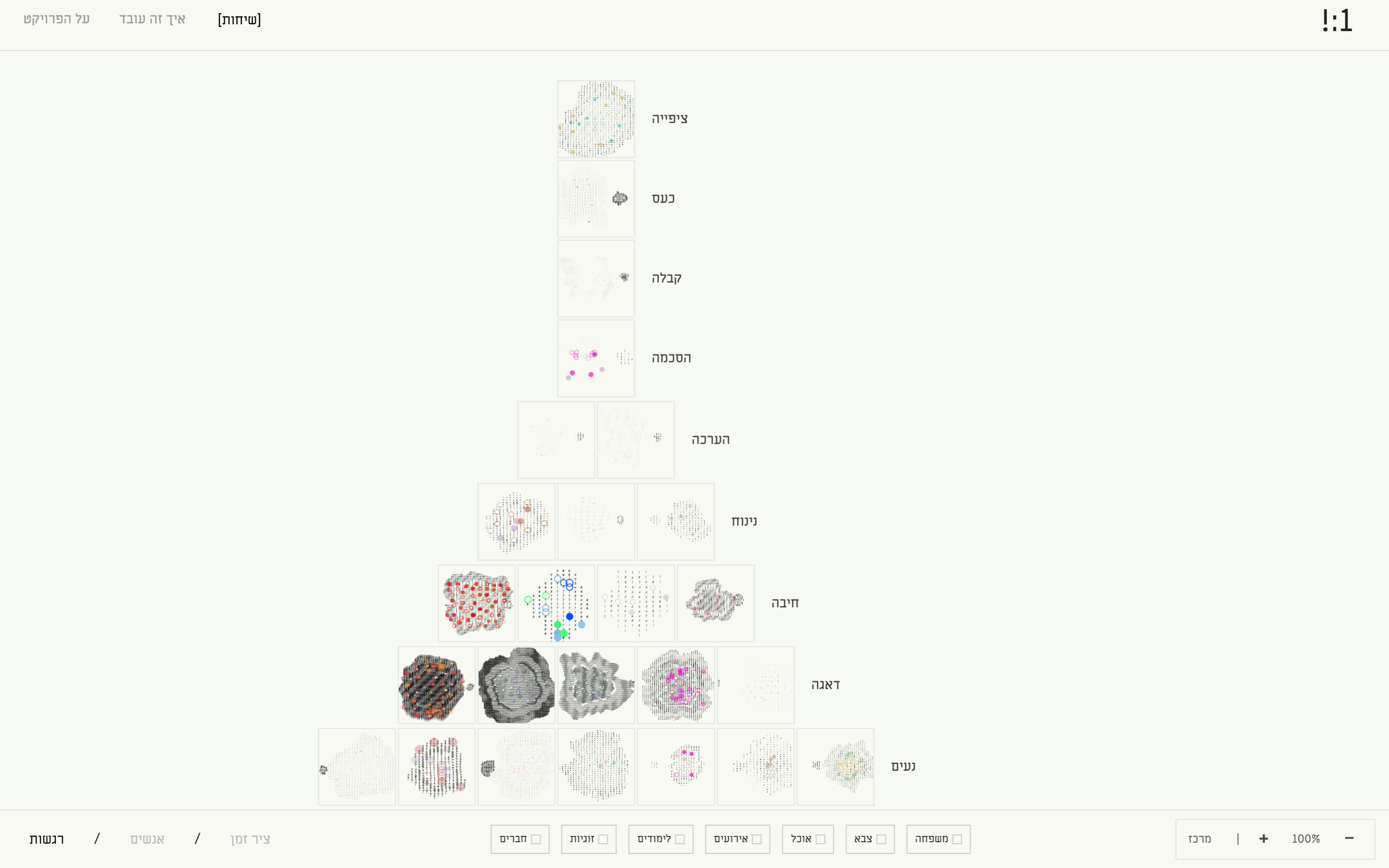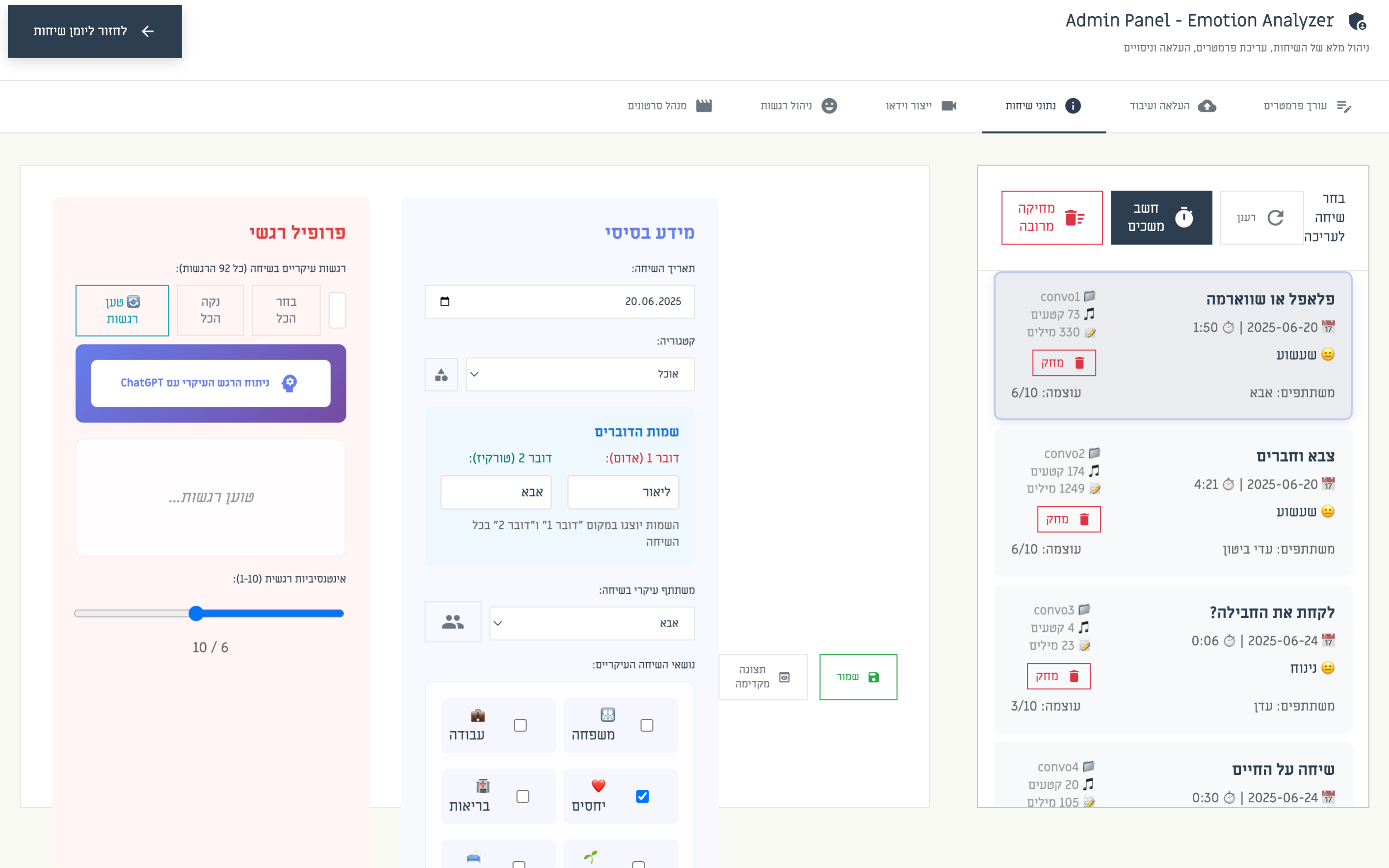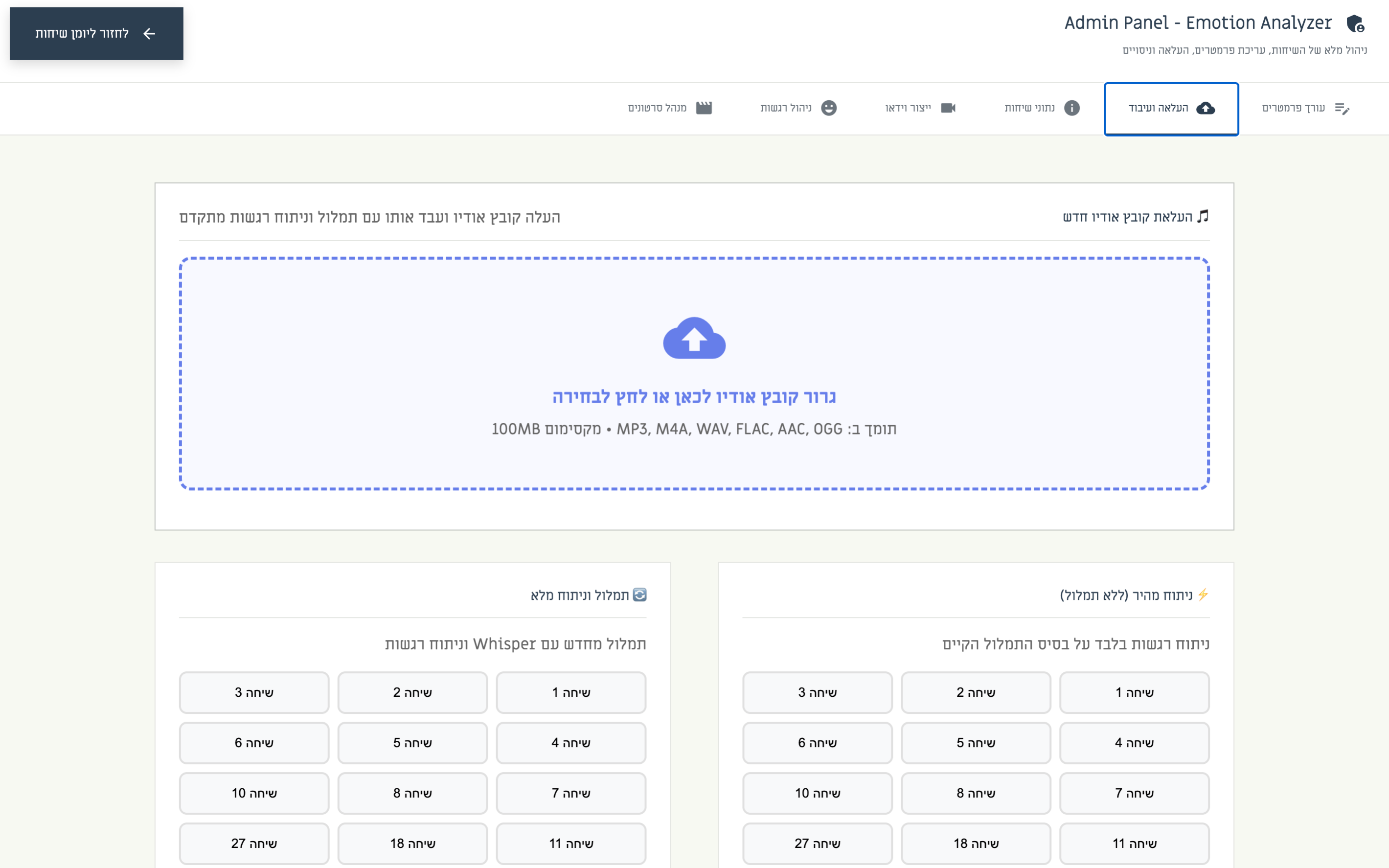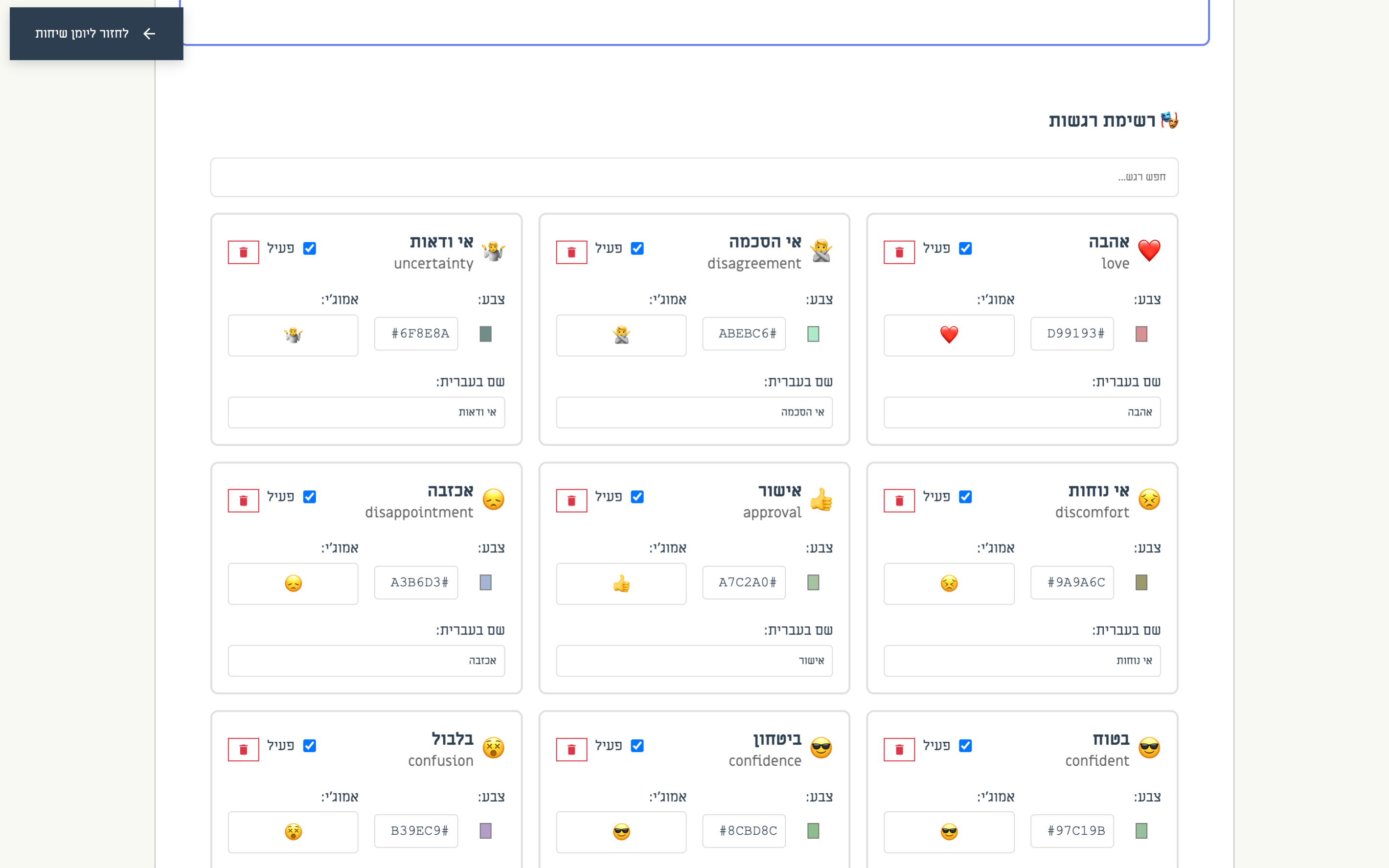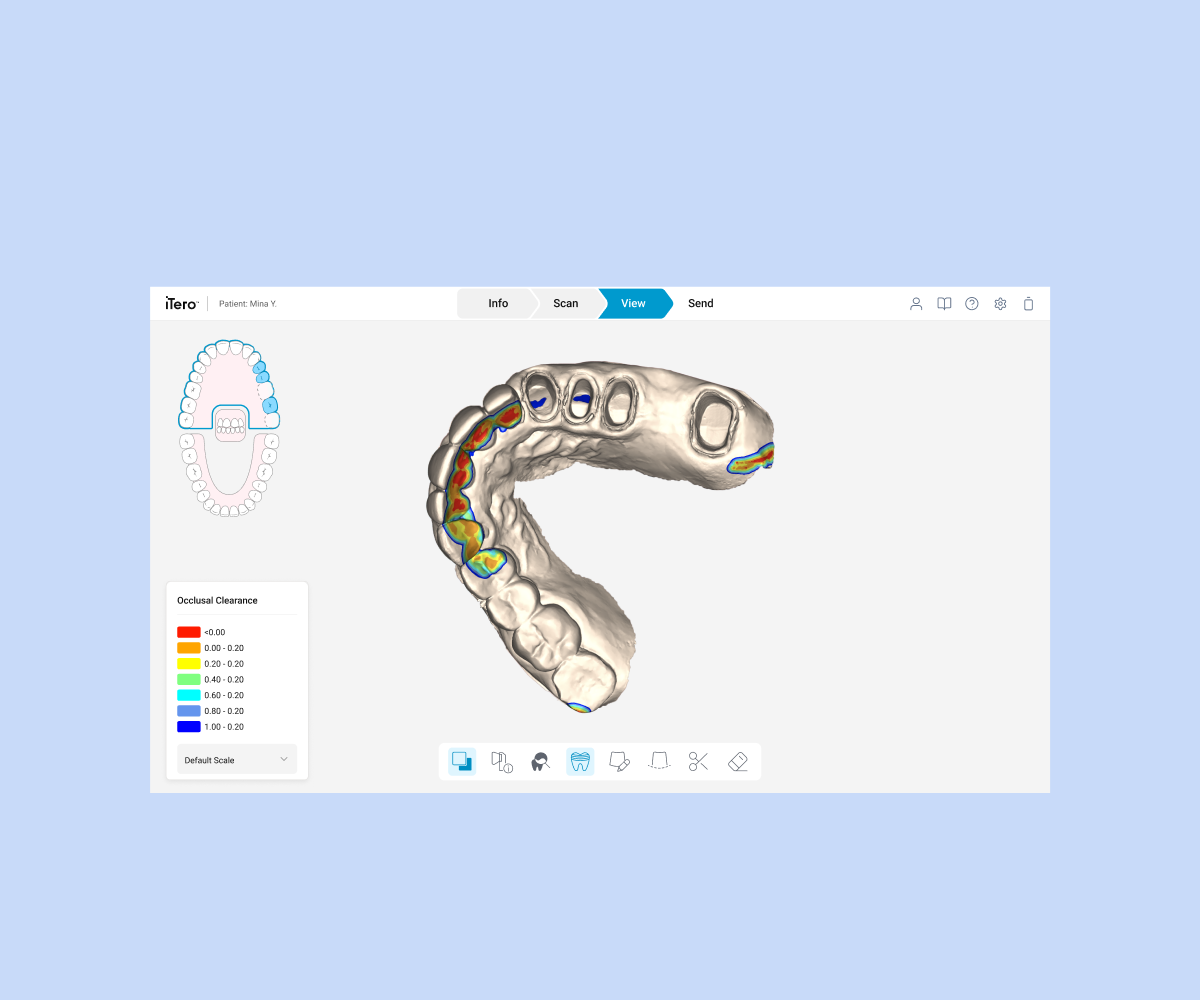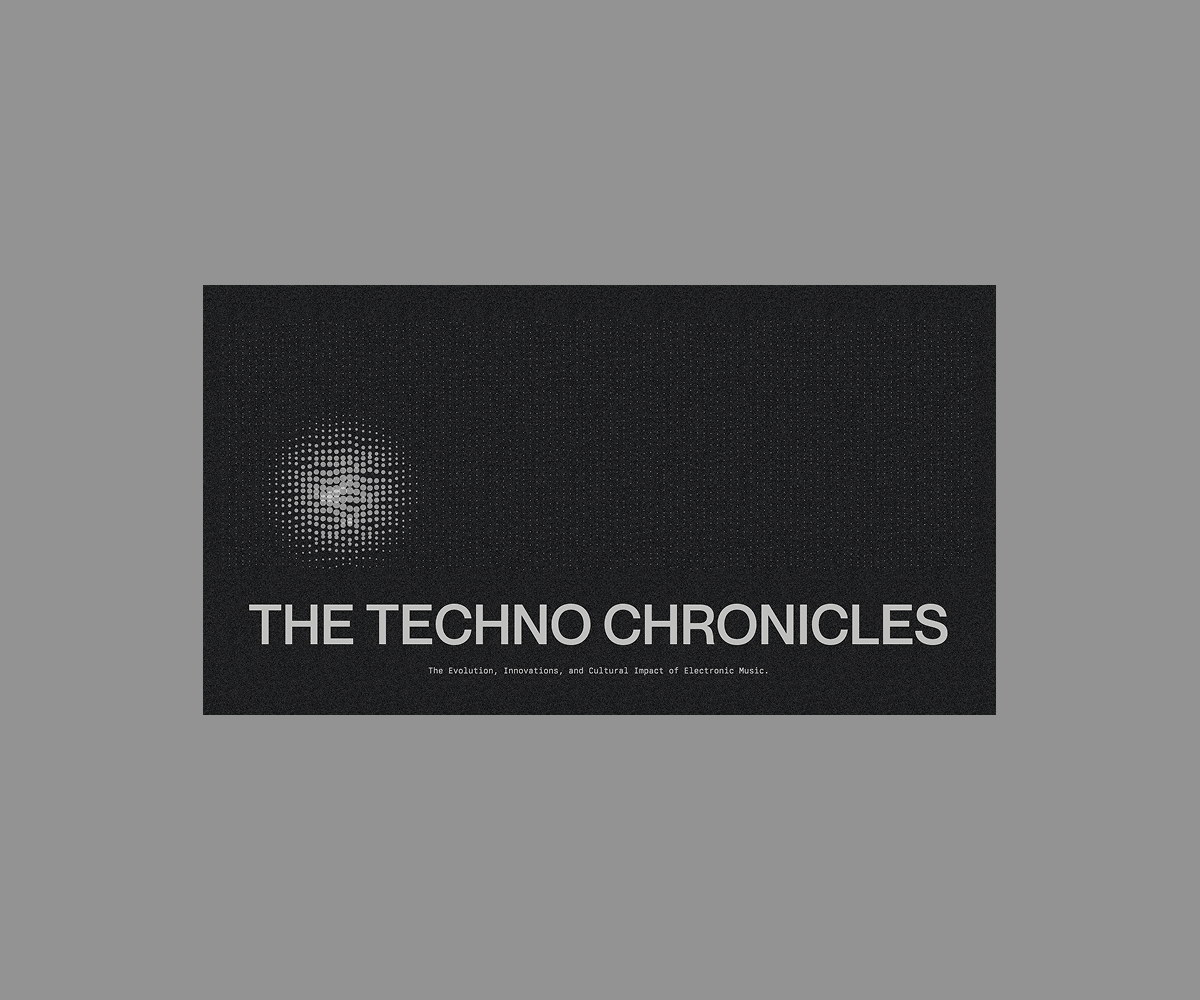Design Process
1
Front-end Architecture
The front-end was designed to let users explore a conversation from different angles while keeping the interface simple and approachable. It was built with HTML, CSS, and JavaScript for the structure and interactions, and p5.js for the ASCII-based visualizations.


